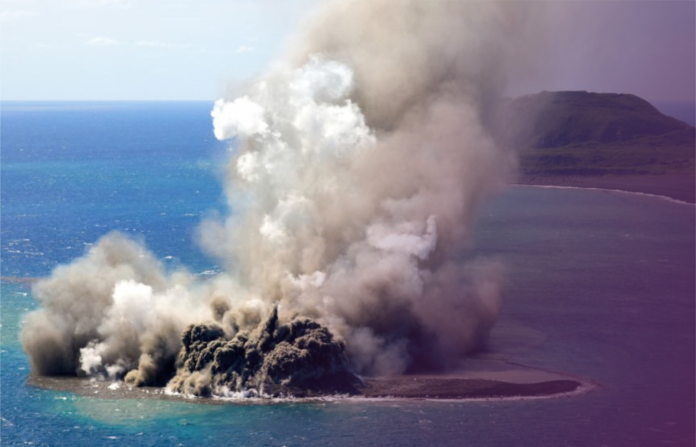Scientists found the greatest underwater volcano explosion that destroyed Kyushu Island, Japan, 7,300 years ago. The Kikai-Akahoya eruption, which overflowed even Mount Tambora in 1815, hurled twice as much rock and ash into the skies and left an everlasting impact on Earth’s geological history.
On February 1, 2023, the Journal of Volcanology and Geothermal Research published the latest findings of a complicated seismic event south of Kyushu Island where the Philippine plate subducts under the Eurasian plate. This seismically active region saw the most recent of three major eruptions in the previous 140,000 years, with the Kikai-Akahoya eruption being the most spectacular.
Specialists knew about the earlier volcanic explosion, but a recent study has confirmed its significance and added unprecedented data on its extent. The work was lauded by French volcanologist Tim Druitt, who said, “The eruption our knowledge of it is increasing a lot for a long time”. The email went to Live Science.
Scientists have trouble reconstructing the eruption’s scope and reasons due to access to the undersea volcano. However, the current study’s sea floor map was accurate and used seismic data. Scientists used remote-controlled drilling tools to enter the seafloor at several locations to acquire sediment cores despite natural obstacles. The cores, samples of the massive seabed deposit indicated in the meticulously constructed map, were valuable.
This groundbreaking research helps us understand the Kikai-Akahoya eruption and shows how technology may solve ocean mysteries. This finding expands scientific research and adds an exciting chapter to Earth’s geological history.



